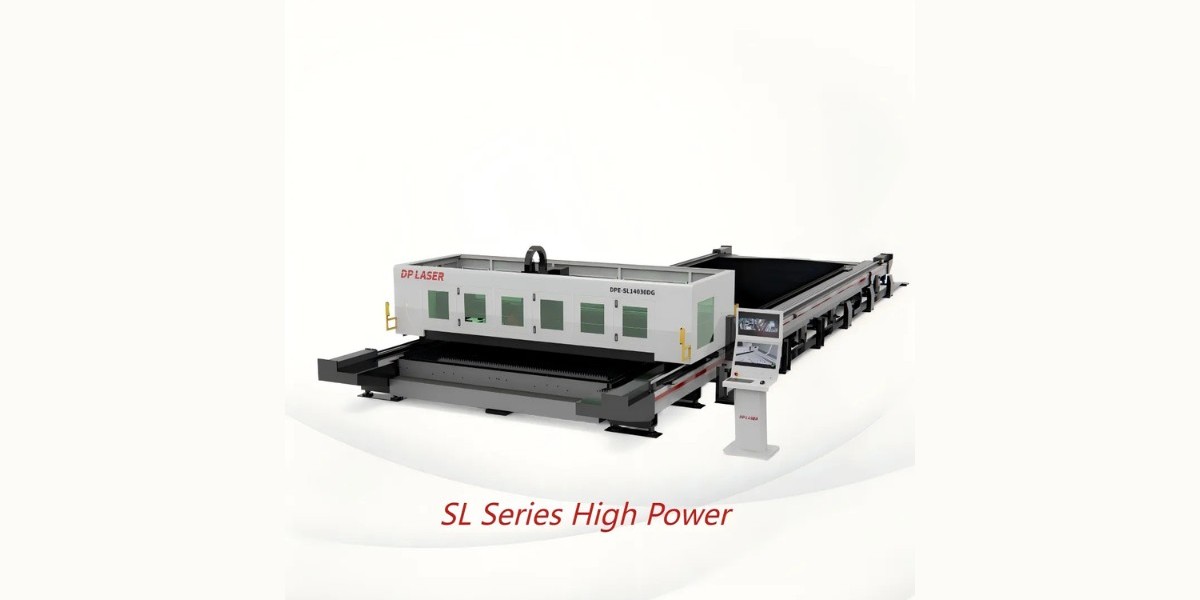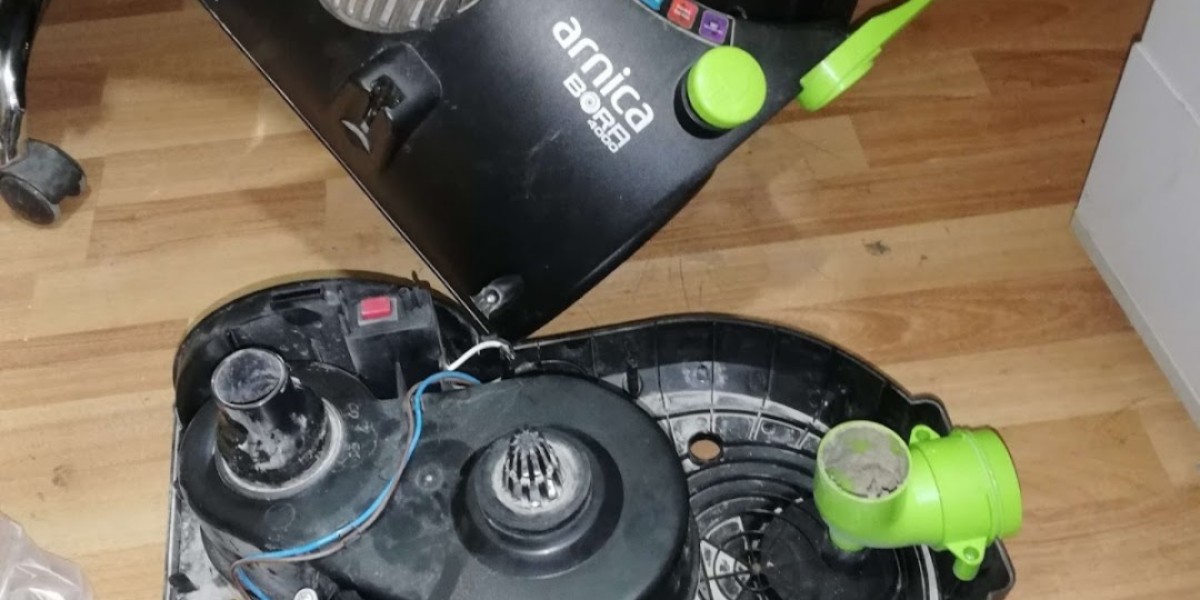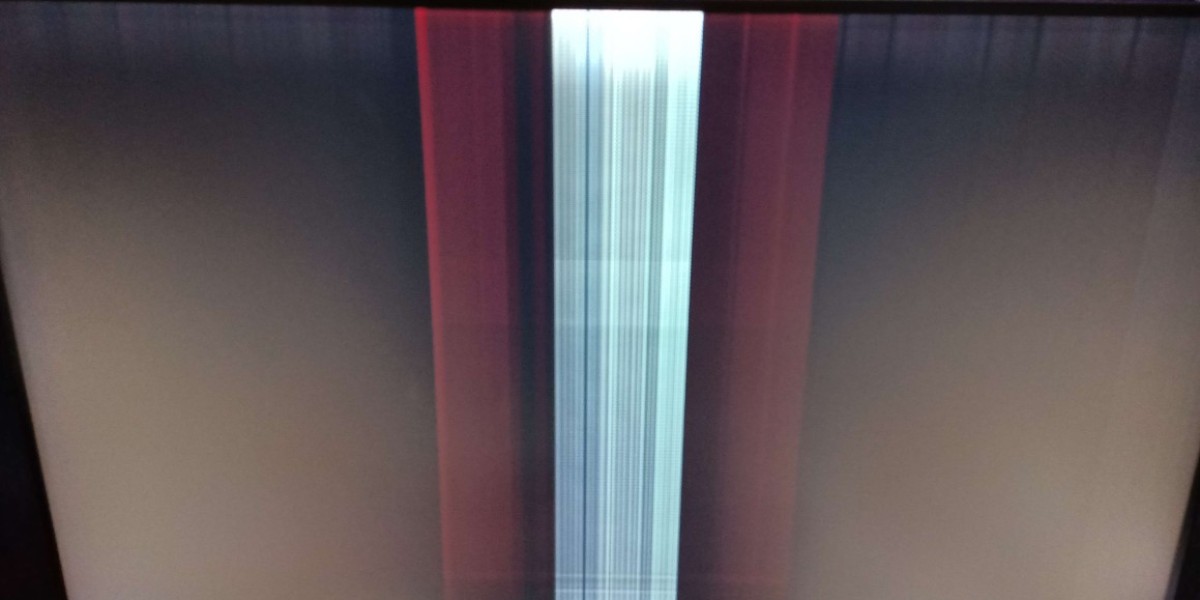Gas Pressure Affects Quality of Cuts in Fiber Laser Cutting Machines
Gas Pressure is to a Fiber Laser Cutting Machine what fire is to a fireman – a clear and distinguishable element of control whose mastery can make all the difference in the outcome a piece. Cut too loose and you will have burnt workpieces. Let’s get a bit more specific. Most Fiber Laser machines will employ assist gases – oxygen, nitrogen, or compressed air – which all serve the same purpose and function but have a different pressure requirement depending on the material and the thickness of the work. For instance, thin stainless steel (1-3 mm) will require lower nitrogen pressure (0.3 to 0.5 MPa) for optimal edge performance as opposed to thicker (8-12 mm) cutting carbon steel that will suffice with higher oxygen pressure (0.6-0.8 MPa) in order for the laser to function as intended.
Inadequate pressure won’t work as the assist gas won’t blow the molten slag away in time. Slag adheres to the workpiece edges and forms rough burrs that take hours to sand off. Over pressurized gas blows too hard and causes the laser to scatter. This excessive pressure causes cuts to be wider than intended, materials to be wasted, and in some cases, thin sheets might be deformed. I cannot count the number of operators I have seen toss aside workpieces that are only half finished due to a lack of gas pressure checking geberally considered standard. This is a two-minute task that can easily save the user an entire day of hard work.
Gas Pressure serves an important purpose of protecting the laser head of a fiber laser cutting machine.
The fiber laser cutting machine is designed with a sophisticated laser head. To put this laser head on a fiber laser cutting machine is like putting on a set of eyes. A laser head is precious and delicate and would be damaged if the gas pressure is ignored. The assist gas serves its purpose of blowing away the slag and also cools on the laser head and nozzle. With the gas pressure being too low, there is a reduction in the cooling developed, and the nozzle becomes hotter. Nozzles that are too hot would melt the slag that is supposed to be blown away and this molten slag would end up on the nozzles opening. When this happens too often the nozzle becomes completely clogged and the laser beam cannot exit.
Not to mention machine is no longer operational and the cost of a clogged nozzle is time and finances. The issue is even more serious if the pressure is unstable, for instance, the pressure fluctuates from high to low. In this scenario the laser head would have to laser its position and adjust constantly. All of this would incorrectly shift the the servo motor, lens, and the head. A single component of the laser head might cost a couple of thousand, so skipping a gas pressure check is time saving, but also it is a gamble on ever increasing issue that results in massive repair bills.
A checked gas pressure is similar to a car that has its oil checked to save it from a blown engine. A pressure check avoids the broken laser head.
Steady Gas Pressure Increases the Fiber Laser Cutting Machine’s Lifespan
Stable gas pressure is akin to the steady blood flow in a body. It ensures all components of a fiber laser cutting machine function optimally and minimizes wear. When gas pressure is uncontrolled, the system that governs the machine invariably enters a state of system overload. For instance, if in a scenario pressure catastrophically reduces, the machine cutting the material goes to a crawl, and the laser head is repositioned at an unbearable velocity. This scenario is, in fact, the definition of functionality within a servo motor, which as the name suggests, is countered from moving freely. This scenario occurs repeatedly and is a form of motor abuse, which ultimately results in the motor wearing down at a much quicker rate than designed.
In the same way, the machine’s circuit board is also impacted. Unstable pressure results in small, yet damaging to the board’s components, electrical fluctuations to the system. It is not uncommon for machines designed for an 8 to 10 year lifespan, to instead breakdown within 5 years. This is common for fiber laser machines, which is the product of little gas pressure monitoring. When all components of a machine are functioning at their designed pressure, system functionality is optimal. In a similar fashion, bike maintenance is, lubrication of the chain which in turn prolongs the lifetime of the bike. Regular gas pressure checks, unlike, prolong the lifespan of the cutting machine.
Gas Pressure Check – Safety Mechanism While Operating a Fiber Laser Cutting Machine
It is even more critical from a safety standpoint, as well, due to the nature of the assistive gases. Depending on the specific gas type, cutting fiber laser machines may use assistive, and potentially flammable, gases, such as oxygen, inert gases, such as nitrogen, and other chemicals.
In addition, the machine will, under low pressure situations, rather easily suck and draw in air from atmosphere, especially if the assistive gas is low. It in turn, leads to other gas connections mixing which produces within some situations volatile and dangerous compositions of flammable gases. I personally, have worked and done some visits to workshops which, due to the carelessness of the operators and staff, resulted in the workshop getting gas leaked and had the operators evacuated. This could have been avoided if pressure, especially gas, was checked prior to operating the machine. Ultimately, the procedure of gas pressure checking takes a total of 60 seconds and requires simply visual inspection of the pressure gauge within a certain range. It is safe to say, such a procedure with concentration and determination can ultimately lead a safe and protective working environment.








